The Rise of AI at Work
Trust in AI-generated content is increasing, with 33% expressing confidence in the technology (up 27% from May 2023).
Furthermore, 39% of full-time employees in the U.S. report having already used an AI chatbot to assist them, with 74% acknowledging the tools’ effectiveness.
“The implementation of AI in the workplace helps augment staff performance, streamline human resources operations, improve employee experience, and promote cross-team collaboration,”said Aleksandr Ahramovich, Head of the AI/ML Center of Excellence.
In a survey released May 13 by TalentLMS in collaboration with Workable, conducted among 1,000 employees working across U.S. industries, 50% of U.S. employees agreed their current job would benefit from integrating AI technologies.
In fact, recent Bain research indicates that AI can enhance productivity by up to 41%.
“Generative AI, like disruptive innovations before it, enables humans to do things faster and often better,” Cliff Jurkiewicz, Phenom VP of global strategy, told Forbes. “The line between non-technical and technical is irrevocably blurred. There are few roles where technology doesn’t or can’t play its part.”
Common Uses of AI in the Workplace
According to Deloitte’s April 2024 State of AI in the Enterprise report, businesses aren't racing to use AI for things like process automation.
It's on to much bigger things like, "realizing value, driving outcomes, and unleashing the potential AI holds to drive new opportunity for our businesses, for our employees and for our society at large.”
So, what are the most common use cases for AI chatbots in the workplace today?
- Content creation (blogging, messaging, emails)
- Summarizing text into key points
- Getting ideas and inspiration
- Learning new skills
- Automating time-consuming tasks
- Analyzing and reporting on data
Essentially, by automating repetitive and laborious tasks, AI can free employees to work on more creative, collaborative, and high-impact endeavors.
“I can only speak for text-based chatbots, but I can tell you that most of what it spits out is half-baked, which is frankly ideal for product marketers,” said Erik Mansur, Head of Product Marketing at Ziflow, to PMA. “So many of us have a ‘blinking cursor problem,’ where we get stuck at the start of a project.”
Chris Clark, Co-Founder and CTO of Grove Collaborative, took to X to share one of his specific workflow hacks:
Similarly, Zenlytic Founder and CTO Paul Blankley revealed on LinkedIn three ways he uses AI at work, writing, “AI isn’t a fad. Don’t get me wrong, some people can overhype it — but the real-world use cases that are saving people thousands of hours can’t be ignored.”
Per a March 2024 FlexOS survey, these are the top generative AI platforms companies and employees are using:
- ChatGPT (including DALL-E)
- Google Gemini (formerly Bard)
- Canva AI Suite
- Quillbot
- Perplexity AI
- GitHub Copilot
- Poe
- Leonardo.AI
- Grammarly AI
- Midjourney
AI Governance and Implementation
As AI continues to creep into our workplaces, the need for effective and realistic governance strategies grows – while it might be nice to believe your employees will all use AI tools ethically and responsibly, you probably know better.
As such, organizations must find ways to promote innovation without losing the trust of stakeholders, clients, and staff.
Samyutha Reddy, Jasper AI's Head of Enterprise Marketing, emphasizes the importance of starting with a clear strategy and standards.
“If it starts with strategy and standards and a style guide and a very specific messaging source document, you'll have much less to clean up down the line on the editing process, and fewer mistakes and off-brand content that'll get through,” she told HubSpot.
Case Studies
Reddy presented two different approaches to AI governance:
1. Centralized
Adopted by the large PR consultancy firm Edelman, this approach involves creating an internal task force that procures and implements AI tools while centralizing learning.
Edelman’s task force, named the AI Center of Excellence, has also created a “really robust AI policy that every client signs along with visibility into their own internal AI policy,” Reddy said.
She added, “The policy states a couple of things. They don‘t allow any tools in the door that don’t have third-party indemnification. They don‘t allow tools that don’t have security measures and controls over the type of content that comes out. And if a client says, ‘Hey, I've heard of this tool. I really want you to try it,’ Edelman will say, ‘You can use that. We're actually not allowed to use that.’”
All of this boils down to trust, which is paramount to Edelman, Reddy said upon speaking with the company’s VP of Innovation.
2. Decentralized
In contrast, 5WPR, a smaller agency with a “bespoke client-focused approach,” takes a decentralized approach to AI governance, Reddy told HubSpot. Instead of having a singular task force like Edelman, 5WPR empowers each functional leader of each discipline to innovate and explore AI tools within their respective teams.
“And then, they use a grassroots approach to trial AI technology with customers when they've identified a great use case and a great AI vendor,” Reddy said.
This approach has proved successful, enabling the company to achieve a 200% increase on a Black Friday promotion using an AI-powered creative testing tool.
Challenges and Risks of AI at Work
Despite all the evidence showing how AI benefits the workplace, it has its fair share of challenges and risks.
Deloitte’s 2024 report found that lack of trust impedes large-scale Generative AI adoption and implementation. Specifically, lack of trust in the quality and reliability of Generative AI’s output and trust from workers that the technology will simplify their jobs without replacing them.
Data privacy is another issue, as employees could inadvertently feed AI chatbots proprietary information.
As Amit Alagh, Senior Product Marketing Manager at LexisNexis, warns: “If the wider marketing teams are feeding [internal proprietary information] into tools like ChatGPT, they're effectively providing training material, which could be putting valuable insights into the hands of competitors and other bad actors.”
Yet another drawback is generative AI’s inherent biases. Humans design and train AI models, meaning their biases become embedded in the models and reflected in their outputs.
Opinions vary greatly on how to solve this issue, but if you’re aware of it in the first place and take care to vet artificially generated content thoroughly, you’re probably doing better than most.
With the rise of AI in the workplace, it’s imperative that employers and employees collaborate to ensure they’re using it to its full potential, but also ethically and responsibly.
As Deloitte’s chief analytics officer in financial services put it, we're in the first inning of a thousand-inning game and there’s so much to be figured out.
Artificial Intelligence



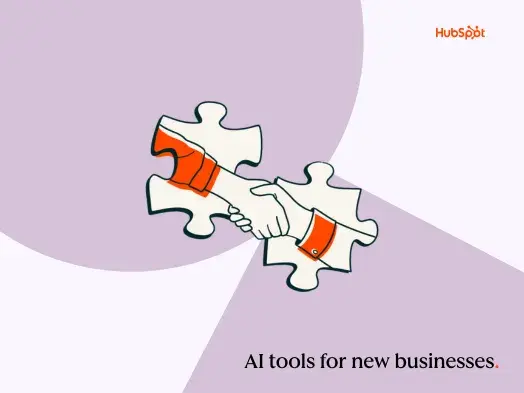
![AI email subject lines that drive 3x more revenue and actually convert [+ exclusive insights]](https://53.fs1.hubspotusercontent-na1.net/hubfs/53/ai-email-optimization-1-20251014-4500151-1.webp)
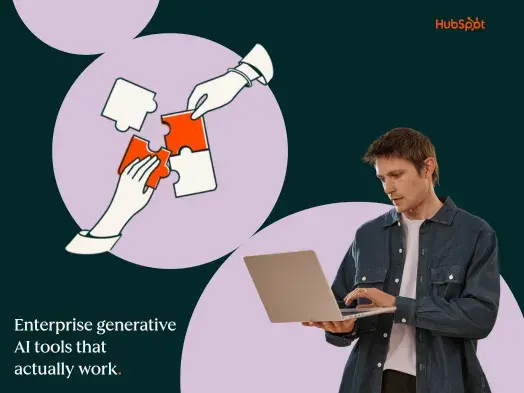
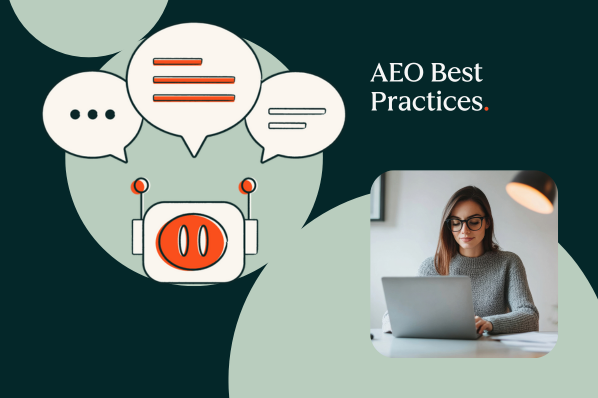
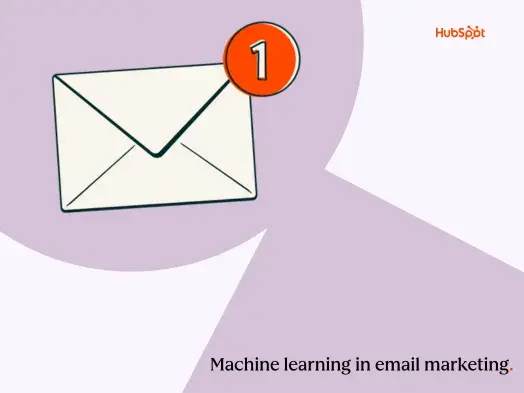
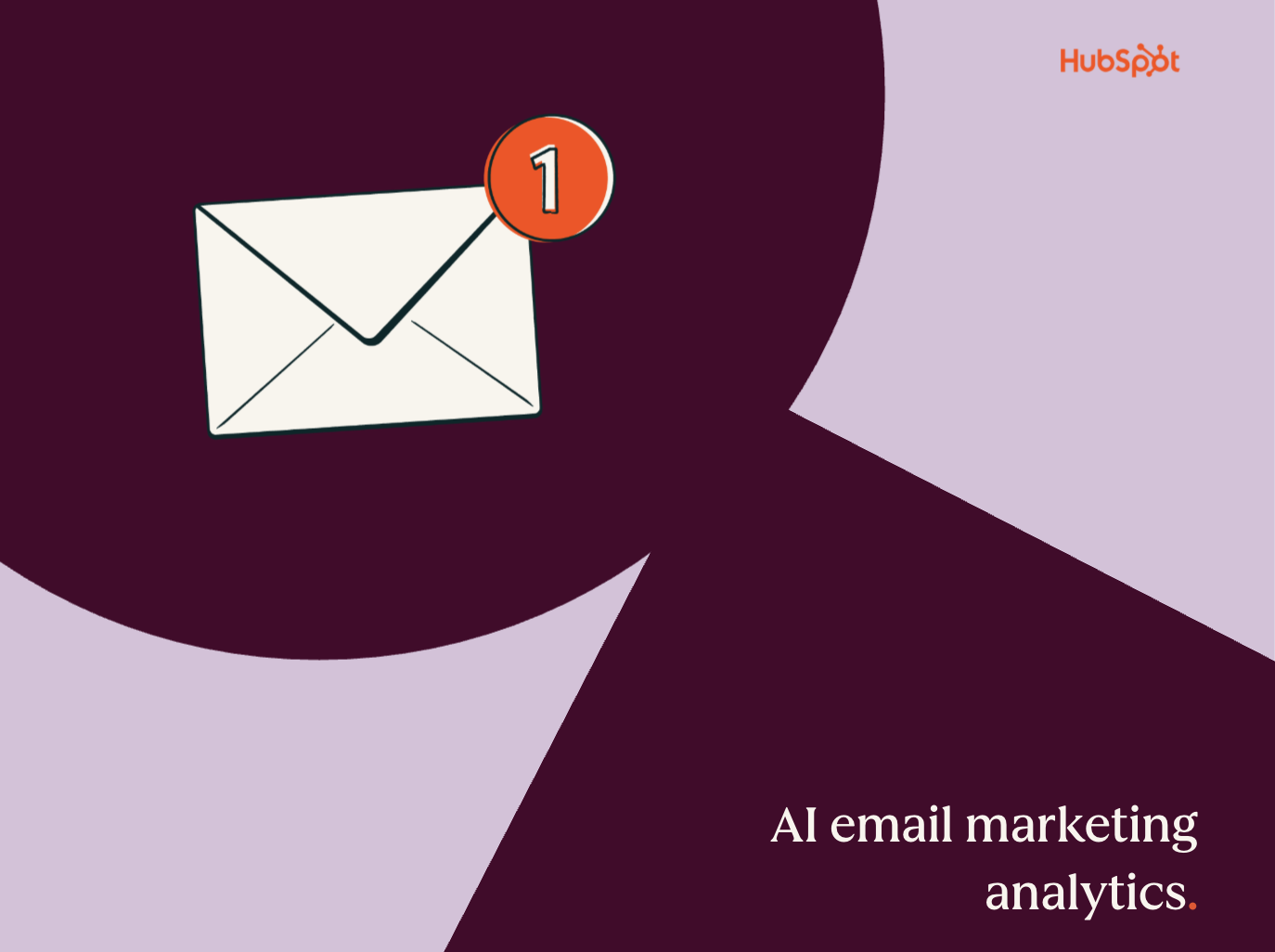

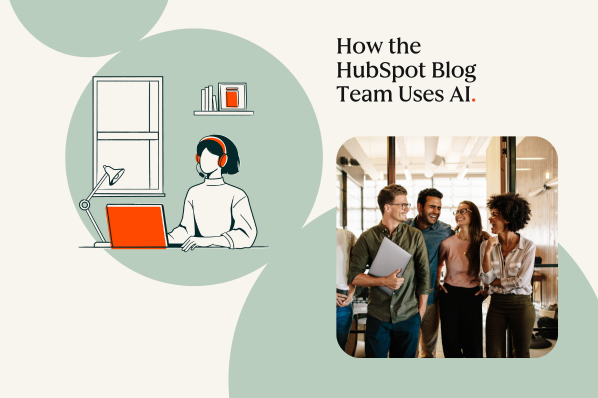
-1-20250905-2237709%202.webp)